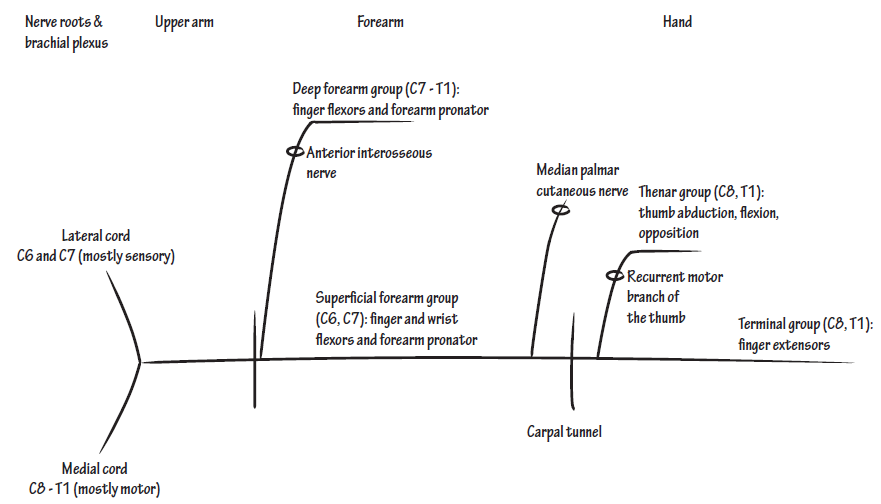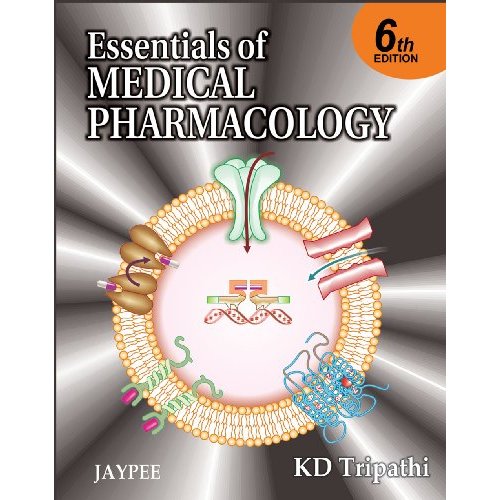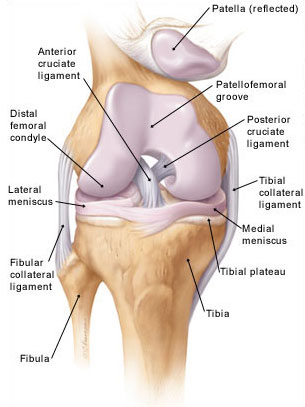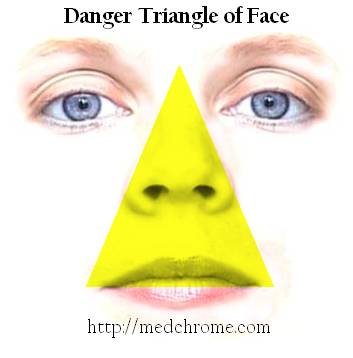MBBS Study Guide and Tips : Anatomy
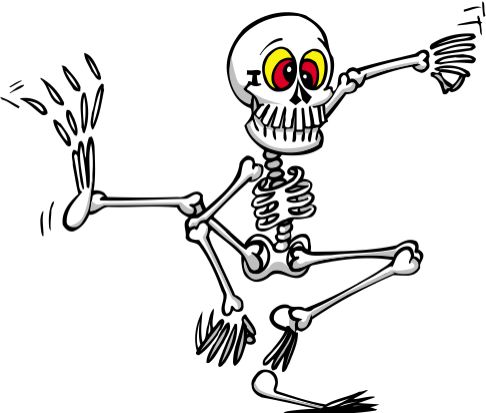
Arteries,veins,nerves,plexus, muscles- origin,insertion,function, landmarks, surface anatomy,histology and so on are what makes anatomy a vast subject and most difficult for human brain to remember. Anatomy is like mathematics, if you are right you score and if you are wrong its a nil.
Anatomy may be fun to study but when it comes to memorizing things, it isn’t a piece of cake at all. One most common problem during studying this subject is, it feels like we remember everything till we study but becomes hard to recall things after a short while and often even if we remember we tend to mix up chapters. It is also the first studied subject in MBBS. Clinical proficiency is impossible without a proper knowledge and base in anatomy.
We have discussed general MBBS study guides and tips before.
Study Guide-
What Books to Study for Bachelor’s level Anatomy ?
Textbooks:
- Human Anatomy Vol. 0,1,2 and 3 – B.D Chaurasia (Indian Writer) – Must have
- Essentials of Human Anatomy – A K Dutta
- Clinical Anatomy – Richard S Snell
- Clinically Oriented Anatomy – Keith L Moore and Arthur F Dally
Details of List of all books @ Recommended Books For MBBS Basic Science | Medchrome
How to start
1. Know General Anatomy First-Start with Human Anatomy BD Chaurasia volume 0 which contains the basics of anatomy. It describes the terminologies, classifications and over all anatomy with clinical correlation which will be a boost to study with systemic anatomy.
2. Decide which book you’ll prefer as your base because you will have to choose one book. Reading chapter haphazardly from many books will make things more jumbled. So use a book as a Base and use others as add ons or reference. For MBBS level specially in South Asia we recommend B D Chaurasia Human Anatomy as it is a concise but a complete manual written is simple language with adequate illustrations. Shortly, it is an exam oriented book.
For those who think they can keep it till later on- Clinically Oriented Anatomy – Keith L Moore and Arthur F Dally will be an excellent option.
3. Use Atlases – Grants Atlas is a good one, Netter’s , Inderveer Singh have been widely used as well. Find the best one for you. Choose atlas that shows pictorial figures rather than Real photos as, later is hard to understand and time consuming.
4. Know the most important topics in each chapter. Because knowing everything is practically impossible.The most important topics are those which are more clinically relevant latter in medical practice.
Eg. Femoral Triangle is very important because later on the landmarks studied are used for localization of Femoral artery, veins for catheterization, Blood sampling , and for surgical and medical purposes. Brachial plexus is more important than femoral plexus because the injury related to Brachial plexus is more common. Consult your seniors for this.
5. Use Mnemonics if present else Create them – Always use mnemonic if present
Phrase Mnemonics- Eg “Lady between Two Majors” -Lattisimus Dorsi inserts between Majors ( Teres and Pectoralis ) , She Looks Too Preety Try To Catch Her – Mnemonics for carpal bones. Believe me, its 100s of times easy with such mnemonics.
Letter mnemonics-Eg LML MMMMU ULNAR – fornerve branches
of brachial blexus. Use initial letter to trigger your mem
ory recall.
Self- Created Mnemonics

6. Draw to remember- Diagrams
always practice rough or fair drawing to memorize. Making a good drawing always helps you score better in anatomy as well. Eg. Surface impression on Right and Left kidney. Questions are asked telling you to draw diagrams.
Brachial plexus– Here is an example- Draw brachial plexus
Try to create representative diagrams than trying to match real figures of anatomical structures.
7. Use Algorithm-
Specially in cases of Nerver routes, Arterial routes etc. Eg Brachial Plexus –> Posterior cord–> Radial nerve–>passes via xx structures—> lies between xx muscles–> gives x branch here to supply x muscle- etc
See full at Median nerve course
Some even draw the sketch of nerves and muscles over their arms and hands , in an effort to memorize them.
8. Recall, Revise and Discuss with Study partner – combined study is more effective than studying alone for most of the students, as long as you have a good study partner.
9. Use the Internet- scroll through pictures, medical videos , and animations. They are useful specially in cases of embryology and difficult to remember topics.
10. Always Correlate Clinically and know the importance of wh
y you are studying any topic- like Renal Angle Surface marking is important because Renal Biopsy is done via this area.
11. Study thing Practically- Eg use Specimens of Bones , Heart, Skull for foramens , Different organs. Try to localize what you read in your dissection classs.
These are the tips and guides for Anatomy. Hope it will be helpful to you all.
NOTE- IF YOU HAVE BETTER TIPS PLEASE COMMENT BELOW, WE CAN ADD UP TO THIS ARTICLE TO IMPROVE IT . WE WILL PROVIDE CREDIT FOR YOUR TIP IN THE ARTICLE.


